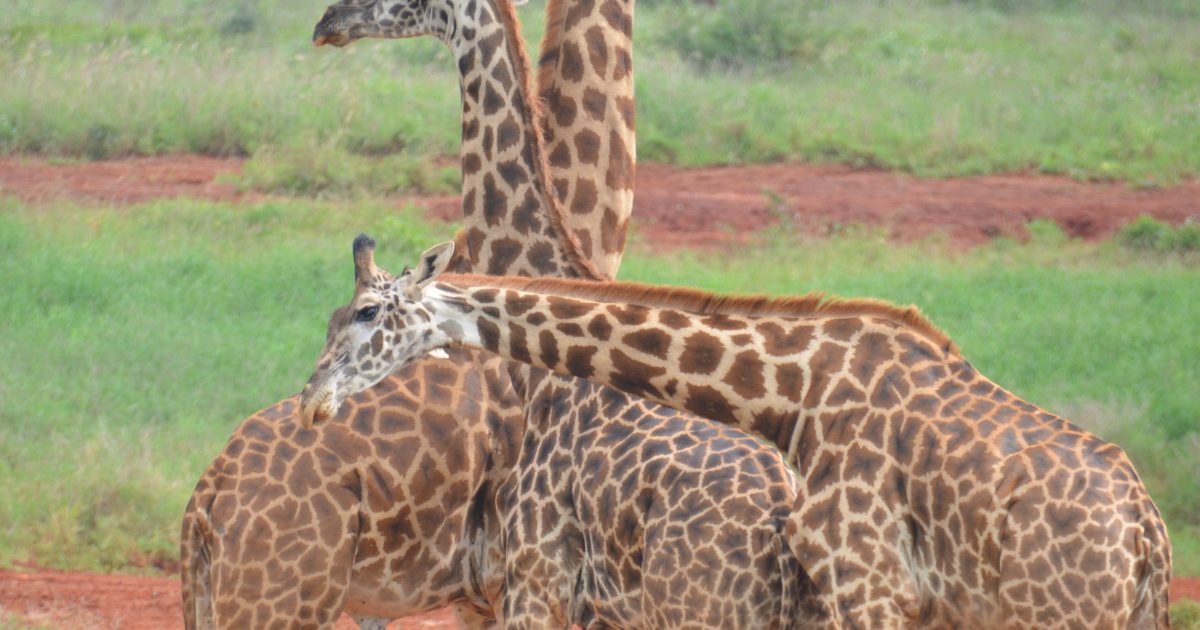The Wildlife Research and Training Institute (WRTI) has kicked off the second phase of the National Wildlife Census in Northern Kenya, aimed at assessing wildlife population trends in the region, amid persistent climate-induced challenges.
Speaking during the exercise at the Kenya Wildlife Service (KWS) offices in Wajir, WRTI Director Dr.
Patrick Omondi, said the census will provide up-to-date data to inform conservation strategies, particularly in the northern region, known for hosting the majority of Kenya's reticulated giraffes. "In 2021, we estimated the giraffe population in this region at 6,000.
This year's census will help us determine how that figure has changed, especially in light of the 2022 drought, which had devastating impacts on both livestock and wildlife," said Dr.

